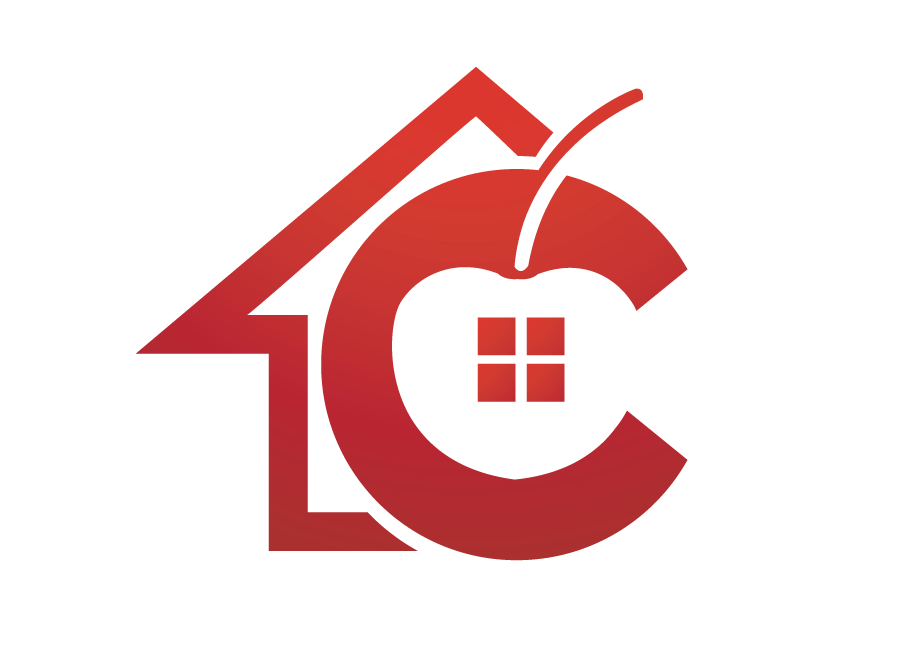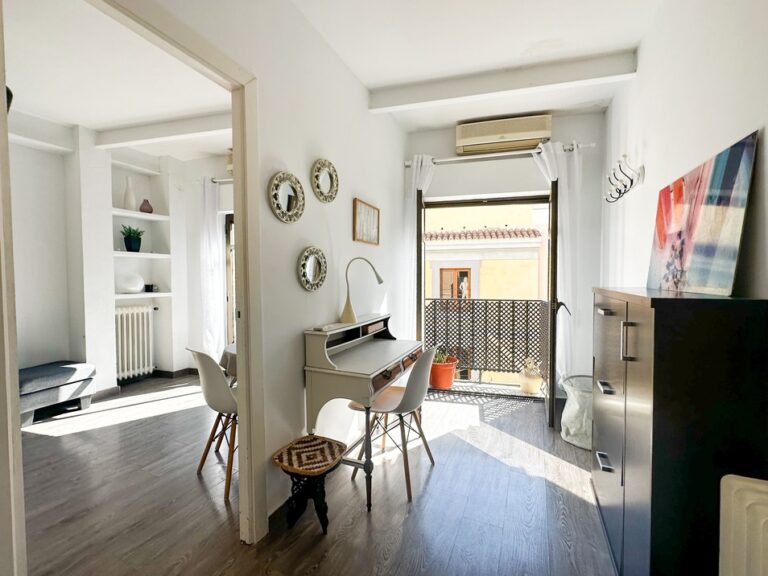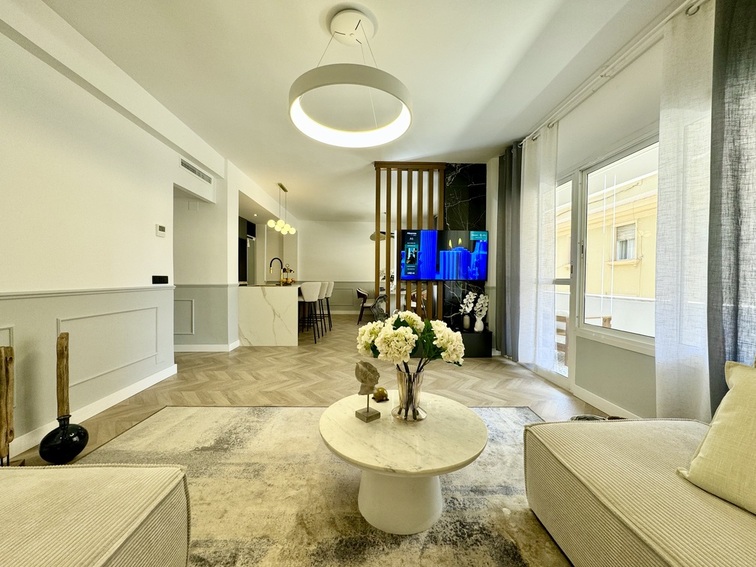Hopefully, this list will help you understand how Airbnb works and what it means to use Airbnb as a way to share your home with potential guests in Madrid.
Step 1 – Creating Your Listing
You can think of listings as a preview of what guests can expect when staying at your designated rental space. Ultimately, they’ll use the information you provide in your listing to decide if they want to stay with you — so it’s worth it to make your listing the best you can possibly make it.
Here’s some information you will want to include in your listing:
Photos: Guests want to be able to see the space, and envision themselves in it. That’s why they’ll be spending the majority of their time looking through the photos you put in your listing. A clean, uncluttered, and attractive space will show your commitment to being a great host, and can make an instant impression on the guest. Another way to make the photos more attractive is by adding captions, which lets you tell the story of your home.
Price: This is the price you’ve set for your listing. It’s also best to be upfront about any additional fees you may want to add from you or Airbnb.
Listing name: the title can be one of the most critical aspects of your Airbnb listing. Be sure to come up with a catchy and attractive Airbnb listing name to increase your chances of getting reservations.
Listing type: The listing type will allow travelers to see what type of space they are booking. You will have the option to choose an entire home, a private room, or a shared room for your listing types.
Availability: The calendar on the listing will show when your space is available. Travellers will only be able to book dates that are not booked by other guests or ones that you have not marked as unavailable.
Description: This area is not only a chance for you to describe your space, home, and neighborhood, it’s also a chance to connect with potential guests on an emotional level and hone in on what makes your rental the place to stay.
Amenities: People will want to know what your space has to offer. If your house has wi-fi, air conditioning, washer/dryer, or parking, be sure to let the guests know.
House rules: This part of the listing is a chance for you to let your guests know some of the ground rules for your house. For example: no shoes in the house, keep noise to a minimum after 10pm, and no smoking inside the house. Setting a few house rules will work to mitigate your worries as a host and homeowner, and let the travelers know some of the responsibilities of being a guest.
Profile: Put a face behind the listing — let people know who they’ll be staying with along with your story.
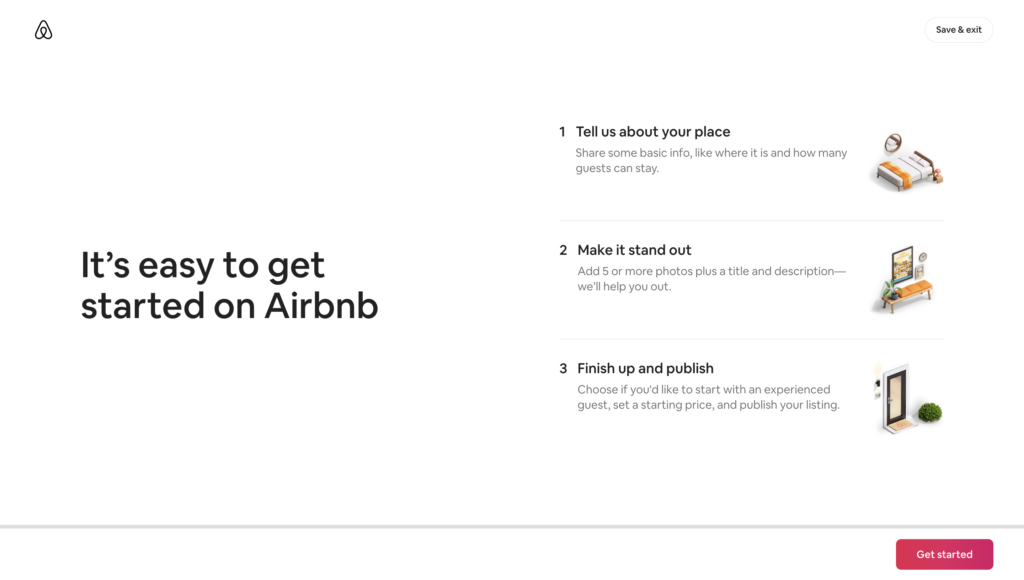
STEP 2 – View & answer messages
Communication with potential guests may occur when a guest makes an inquiry or reservation request. These inquiries and reservation requests will be received via your inbox, but you can also get them through text or through a notification in the Airbnb app.
To view or send a message:
Go to Messages
Select Traveling or Hosting
Click on a message thread to view old messages or send a new one
Replying immediately or shortly after receiving potential inquiries will greatly help your chances of getting a booking. Think about how you would want to be treated as a guest, and now apply that approach to how you handle prospective customers. Address the questions that they’re asking and most importantly, be honest.

STEP 3 – Accept Requests
When you accept a reservation, you also take on added responsibility — a cancellation can ruin a trip, so make sure that you stay committed to your accepted reservation dates. Keeping your end of the bargain shows that you respect your guests’ time. Airbnb takes cancellations seriously, so only do so as a last resort. If you cancel on a guest, Airbnb may institute a cancellation fee. Be sure you’re up to date on the potential penalties on the Airbnb website.
Once a reservation has been completed, you will be able to use Airbnb to communicate with your future guests. Keeping in touch with your guests can make their arrival a smoother one. Communication also helps to set expectations for both you and your guest.
One way to start a conversation is by asking simple and friendly questions. For example, you may want to ask questions that pertain to your home. What brings you to my area? What attracted you to my listing? How do you plan to spend your time during your visit? Odds are, they’ll have questions for you too. Remember, this part of the process is about getting to know what your guests’ expectations are for the space, and what you can do to help make the experience the best one possible for both parties.

STEP 4 – Prepare your home
Taking an empathetic approach to designing and preparing your space for your guest can help you imagine how to make their experience more positive and comfortable. It helps to start from the beginning — imagining what your guest sees and feels when they first walk up to the door of your home, and the first impression they get when they walk through that door.
Here are a couple things you may want to consider:
Convenience: Remember that people love amenities. That means making sure there’s a comfortable bed with good pillows and high quality sheets, investing in high-speed internet and other electronics, an air-conditioning system, or perhaps having some coffee or tea on hand.
Attractiveness: Presentation is everything. People are attracted to clean, and minimalist spaces. Clear away everything but the basics.
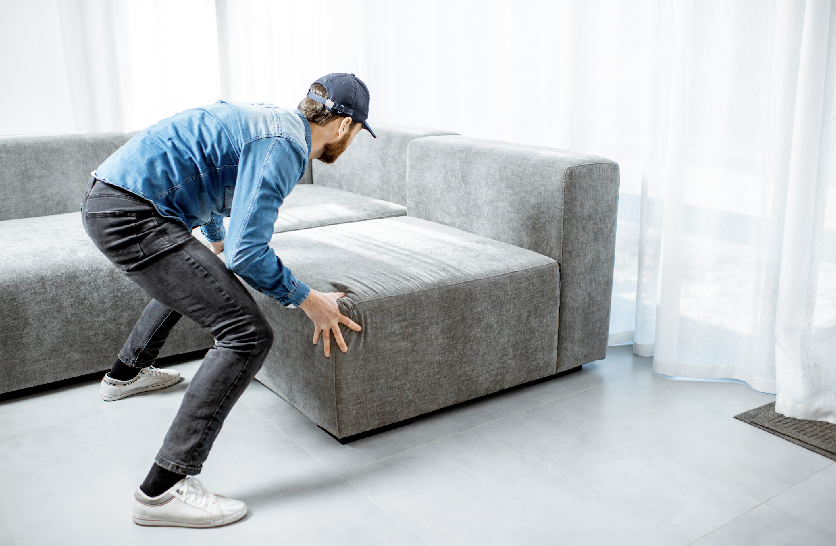
STEP 5 – Check in
As a host, you’ll probably get last minute emails that ask, “I’ve arrived, but I don’t see your door. Do I have the right address?” Understandably, emails like these can be a headache for both host and guest. In fact, the check-in is one of the most common points of confusion for guests and can cause extra work for hosts too.
You can solve this potential problem by adding check-in instructions to your listing.
To add check-in instructions:
Go yo you Listings, then select a listing.
Under Guest resources, tap Check-in instructions.
Select you entry method.
Create your check-in instructions.
Upload photos (and describe those photos).
Preview, and share.
Once the check-in instructions are created, they’ll automatically be shared with confirmed guests three days before they arrive at your home.
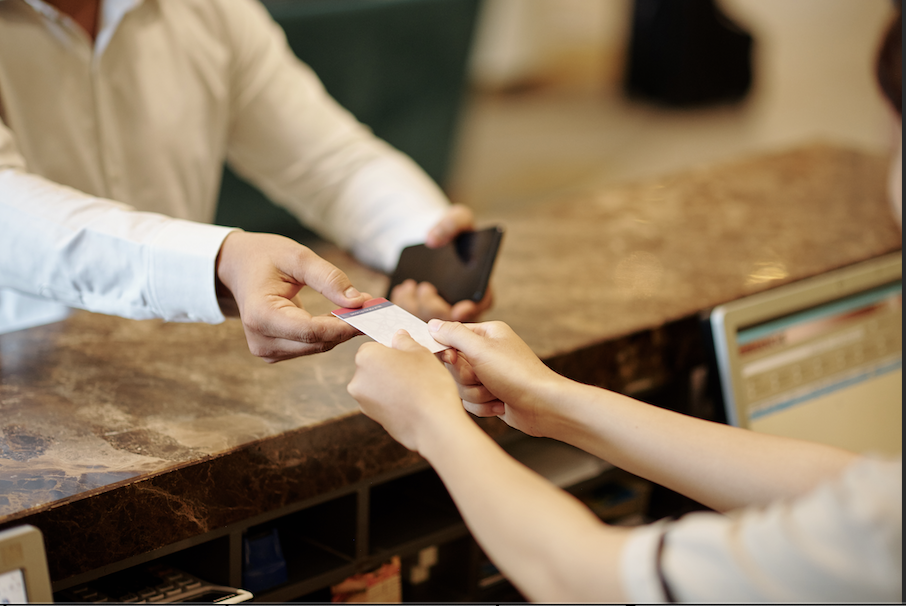
STEP 6 – GET PAID
With Airbnb, getting paid is clear, simple, and secure. 24 hours after your guests check in, Airbnb collects the guest payment on a secure system and releases it to you. For long-term rentals, the first 28 days of reservation fees will be transferred to you after 24 hours of the check-in date. Afterwards, you’ll receive monthly installments. However, depending on your payment processor (i.e. your bank, PayPal, etc.), it may take a few days for payments to show up in your account. Some banking systems also don’t process transactions on weekends or holidays, so be on the lookout for potential processing problems.

STEP 7 – GUEST STAY
How guests and hosts interact during the period stay will largely depend on the preferences of both sides. However, whether you’re present or not, guests like to know that they’ll be able to reach you if the need arises. On such occasions, it is recommended that you let your guests know your contact information, and be able to stay in touch throughout the duration of the stay. Usually, guests will expect a message during check-ins, check-outs, and if it’s a longer stay, sometime during the middle of their stay.
In the unfortunate circumstance that something goes wrong during a guest’s stay, how you respond matters. Maybe a guest can’t find the entrance to your house, or the subscription cable stops working during their stay.
Here are some tips for handling these tough moments:
Be responsive: Make sure you are able to communicate in their time of need. That means being available for the guests when things go wrong — texting works well!
Be kind: Learn to find joy in being kind. Guests are more likely to overlook problems when you take an empathetic and compassionate approach to their problems.
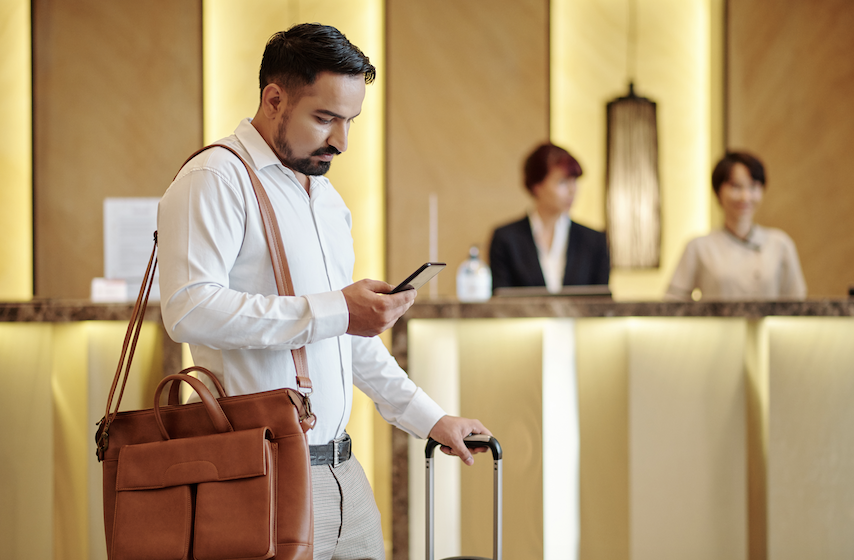
STEP 8 – CHECK OUT
When it’s time for your guests to leave, you may want to create a checklist to make the check-out experience a smoother one. Asking guests if they have any questions before they leave can also make the transition easier.
Some of the things you may want to communicate to guests in advance of their departure include:
Check-out time
How to lock up
Where to leave the key, if there is a key
Reminder to submit a review.
Hosts should send this checklist to their guests the night before their departure.
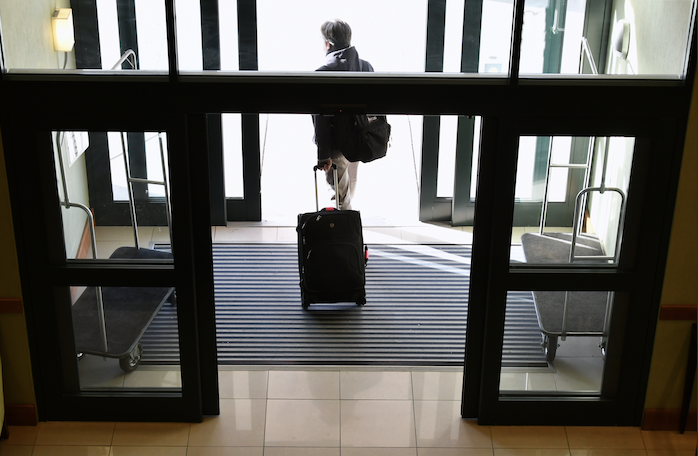
STEP 9 – REVIEWS
Airbnb reviews are a great tool for both hosts and guests as they help both share their experiences as well as helping them be accountable for their actions. Writing a review about an Airbnb experience with a guest can also give you more exposure by allowing potential renters to become familiar with your position as a host.
Moreover, leaving a review for your guests who had a positive experience can encourage them to reciprocate by leaving their own commentary about their experience with you and your house. That’s because guest can sometimes become forgetful of their experience once they leave your space and go home. When they are reminded of it through your review, it can work to jog their memory to comment about your apartment. You can think of it as a way of saying “thank you” for choosing your rental as their lodging of choice.
In the event of a negative experience on the part of the guest, you can also use the review system as a means of doing some damage control if necessary. For example, if a guest has left a negative review of your space, you can address those complaints through the review system – either publicly or privately.
Here are a few tips when writing a review:
Look at how other hosts have written their reviews.
Justify the review by asking yourself: would you feel comfortable recommending this guest to other hosts?
Be as descriptive as possible so that you can help others gain as much insight as possible.

STEP 10 – CLEAN YOUR HOME
Generally, cleanliness can be thought of as the most basic requirement for an Airbnb rental, and guests will expect it. Clean spaces can make guests feel comfortable from the moment they arrive, and will show that you, as a host, are committed to making your guests feel welcome in your home.
Cleaning well can and will have an impact on your guests’ experience, and it can have real repercussions during the reviewing process — guests will be able to rate the cleanliness of your listing and let future guests know what their experience was like. Don’t let this negatively affect your chances of future bookings. Keeping your space clean is one of the easiest ways to positively influence your guests’ experience.
A couple of things to keep in mind when cleaning:
Clean and fully stock the bathroom: Guests expect to find your place looking like the photos on your listing, especially the bathroom. Remember to stock the bathrooms with fresh rolls of toilet paper – nobody wants to be reminded of previous bathroom users.
Fresh towels and sheets: Fresh, folded, stainless towels and linens can go a long way to making your guests know they’re staying in a clean environment. You may want to invest in an extra set of sheets to use when one set is in the laundry.
Kitchen and fridge: A clean kitchen and fridge will make the space a more appealing area to prepare a meal. Always remember to check inside the fridge for leftover food.
Clean surfaces: surfaces that can easily leave watermarks and fingerprints such as metallic surfaces, mirrors or glass should be wiped down often.
Making your place immaculate is tedious, and can take time to do properly – it can also lead to stress and fatigue over time. Some hosts have resorted to using cleaning services and adding a cleaning fee to help cover the costs.
To add a cleaning fee:
Go to Your Listings on airbnb.com
Click Pricing at the top of the page
Next to Cleaning fee, click Edit
Enter your cleaning fee, then click Save
If you are looking for a Madrid-based short-term rental managing agency which specializes in Airbnb hosting, please contact us on our website. We will ensure that all the risks involved in Airbnb hosting are reduced to a minimum so that you can be sitting back and watching the guests flow in.

